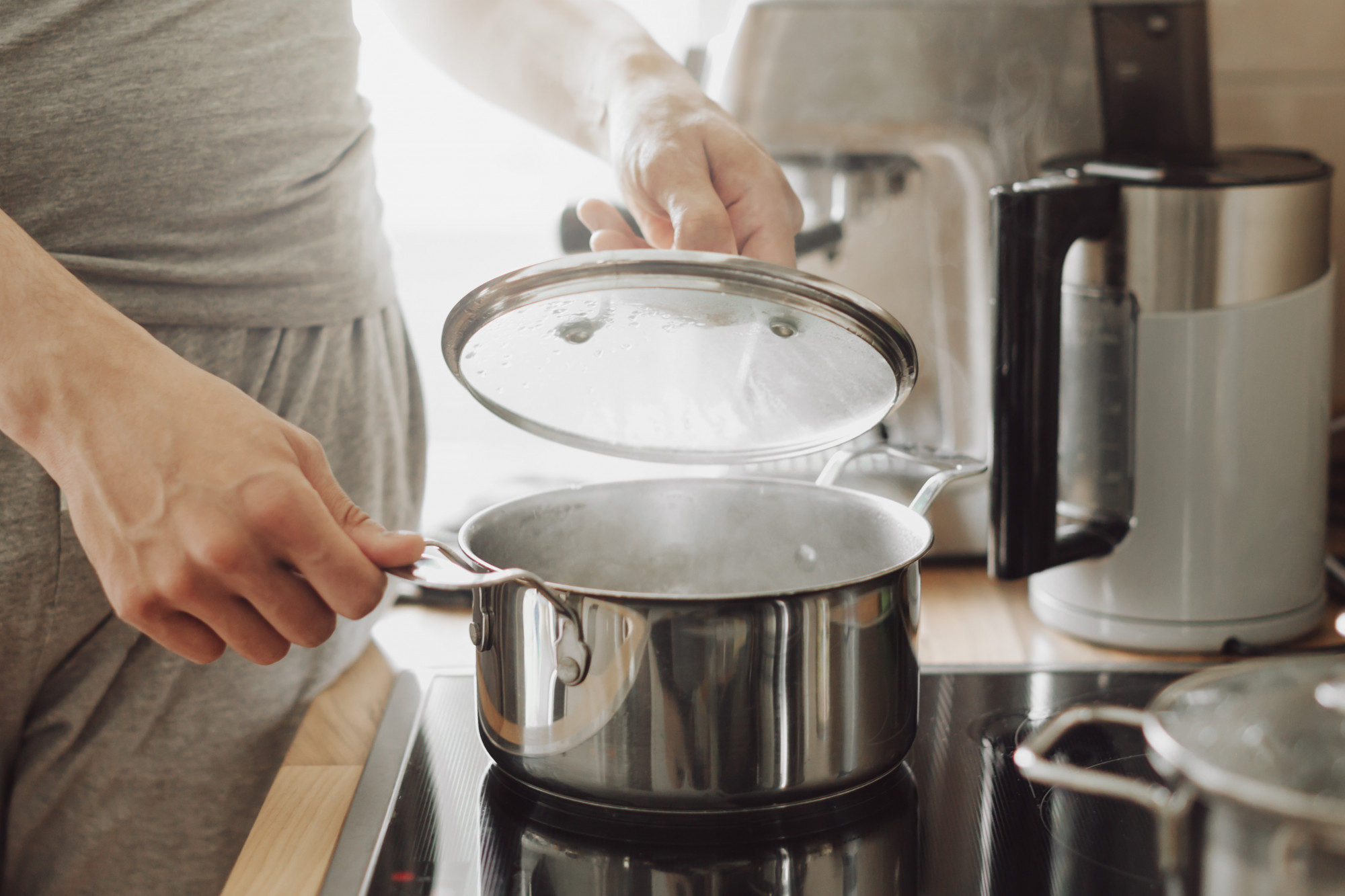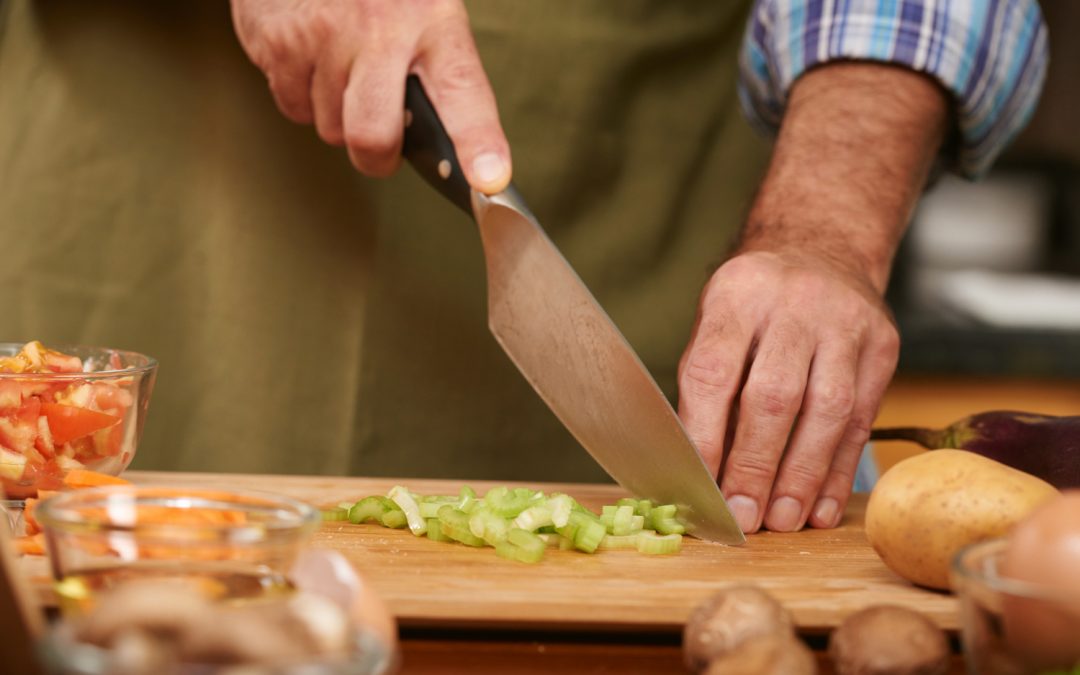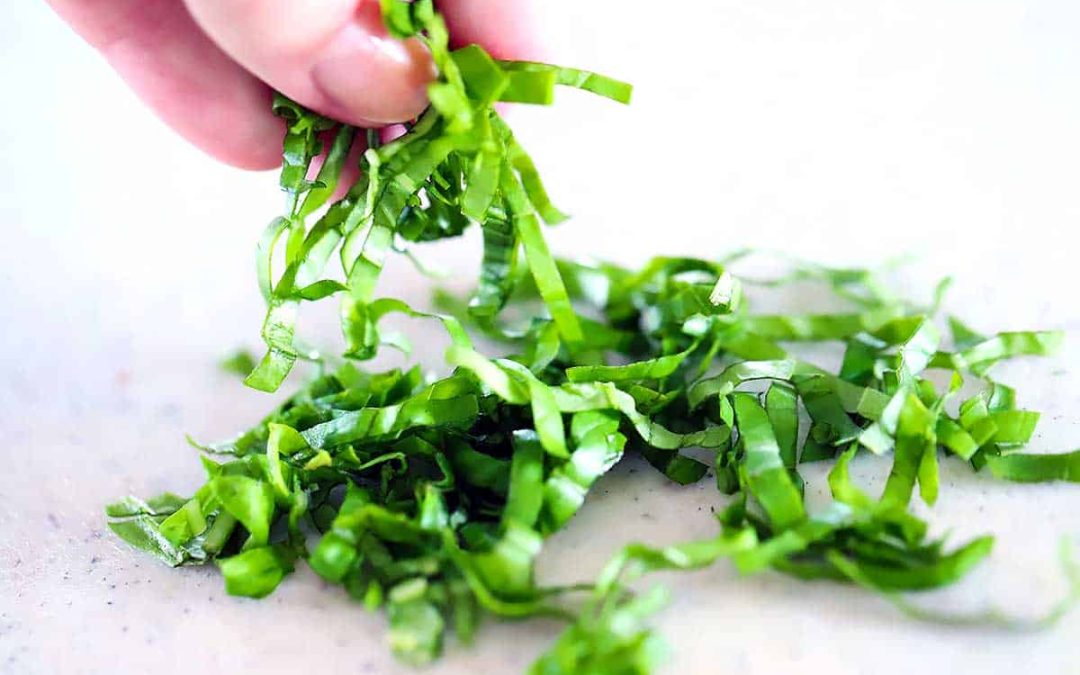Cooking stock, often referred to as broth or bouillon, is a fundamental ingredient that enhances the flavor and depth of various dishes. Whether you’re preparing soups, stews, sauces, or risottos, a well-crafted cooking stock serves as the building block for culinary excellence. In this blog post, we will explore the art of making cooking stock, uncovering the secrets to creating a rich and savory foundation for your favorite recipes.

The Basics of Stock
Cooking stock is a liquid preparation made by simmering a combination of aromatic vegetables, bones, meat, or seafood with water. The slow and gentle cooking process extracts the essence of the ingredients, resulting in a flavorful and versatile base that adds character to a wide range of dishes.
Choosing the Right Ingredients
The key to a delicious cooking stock lies in selecting high-quality ingredients. For meat-based stocks, bones from beef, chicken, or fish, along with some meat trimmings, provide a hearty foundation. For vegetable stock, an assortment of aromatic vegetables such as onions, carrots, celery, leeks, and herbs like thyme and bay leaves work wonders.
Roasting for Enhanced Flavors
To deepen the flavors of meat-based stocks, roasting the bones and meat before simmering can make a significant difference. This process caramelizes the natural sugars in the ingredients, adding complexity and richness to the stock. For a vegetable stock, roasting the vegetables can impart a nutty and robust taste.
The Simmering Process
Once the ingredients are assembled, they are submerged in water and brought to a gentle simmer. It’s important not to boil the stock vigorously, as this can cloud the liquid and affect the clarity and taste. Simmering allows the flavors to meld gradually, resulting in a clear and concentrated stock.
Skimming and Straining
During the simmering process, impurities and foam may rise to the surface. Skimming these impurities with a spoon ensures a clean and clear stock. After simmering for the required time (usually several hours), the stock is then carefully strained through a fine mesh or cheesecloth to remove any remaining solids, yielding a smooth and flavorful liquid.
Reducing and Storing
For an even more concentrated flavor, the strained stock can be further reduced by simmering it on low heat until the desired consistency is achieved. Once the stock has cooled, it can be stored in airtight containers. Refrigerated, it will last for several days, or frozen for months, making it a convenient addition to various dishes.
Variations and Customization
The beauty of cooking stock lies in its versatility and adaptability. You can customize the stock by experimenting with different ingredients and herbs, tailoring it to complement specific recipes or dietary preferences. For example, mushroom stock adds depth to vegetarian dishes, while adding ginger and lemongrass can infuse an Asian flair.
4 classic stocks to take your cooking to the next level
Using a well made stock as the flavor base for cooking is essential and will lift the food you prepare to the next level. Trust me store bought “stock” is no substitute for the hand crafted liquid culinary gold which you can create in your own kitchen , whether it be at home or in a restaurant.
In its essence a well made stock is a clear liquid lavoured by the ingredients used to create it, which if chilled will often thicken due to the gelatin extracted from bones. The ingredients used to make a great stock are almost always bones, Mirepoix, herbs, and spices with vegetable stock being the notable exception.
We show you how to make seven classic stocks which are foundation building blocks for dishes with fantastic flavor.
Chicken Stock
Technically Chicken stock is just a white stock or a brown stock made with chicken bones inplace of veal or other bones. Having said this chicken stock is probably the most commonly called for out of all stocks and cooking times are much less than other stocks so I have mentioned it seperately. My favourite chicken stock recipe takes on the flavours of the chicken along and the Mirepoix but does not have any other overpowering flavours, making it ideal for use as a base for sauces, braises, soups, and glazes.
White Stock
White stock is made from un-roasted bones to ensure that it remains clear with little or no colour whilst still containing the full flavour and body imparted from the bones and vegetables used to make it. My favourite white stock recipe produces a full bodied, clear liquid which is ideal for use as the base for sauces such as Veloute and its derivatives such as white wine sauce.
Brown Stock
Brown stocks are made in a very similar way to white stocks with the main difference being that the bones and the Mirepoix are browned before they are added to the stockpot. My favourite brown stock recipe is made from veal bones which impart a milder flavour and a thicker consistency than beef bones. This milder flavor makes the stock more versatile and allows it to be used in a wider range of dishes.
Fish Stock
A well made fish stock is in my view the perfect foundation for a good fish soup and is quick and simple to make , probably the hardest part is finding the right fish bones to make your stock with . A basic fish stock is made in a very similar manner to any other white stock but with a much shorter cooking time than even Chicken stock. My favourite fish stock recipe produces a mild flavoured, gelatinous clear liquid which is fantastic as the foundation for your seafood dishes.
Wrapping Up – How Stock is Made
Cooking stock is an indispensable tool in the culinary world, providing a canvas for chefs and home cooks to create dishes that burst with flavor and sophistication. Mastering the art of making cooking stock allows you to elevate your cooking to new heights and explore a diverse range of tastes and textures. So, the next time you embark on a culinary adventure, remember that a well-crafted stock is the secret ingredient that brings depth and soul to your culinary creations. Happy cooking!



